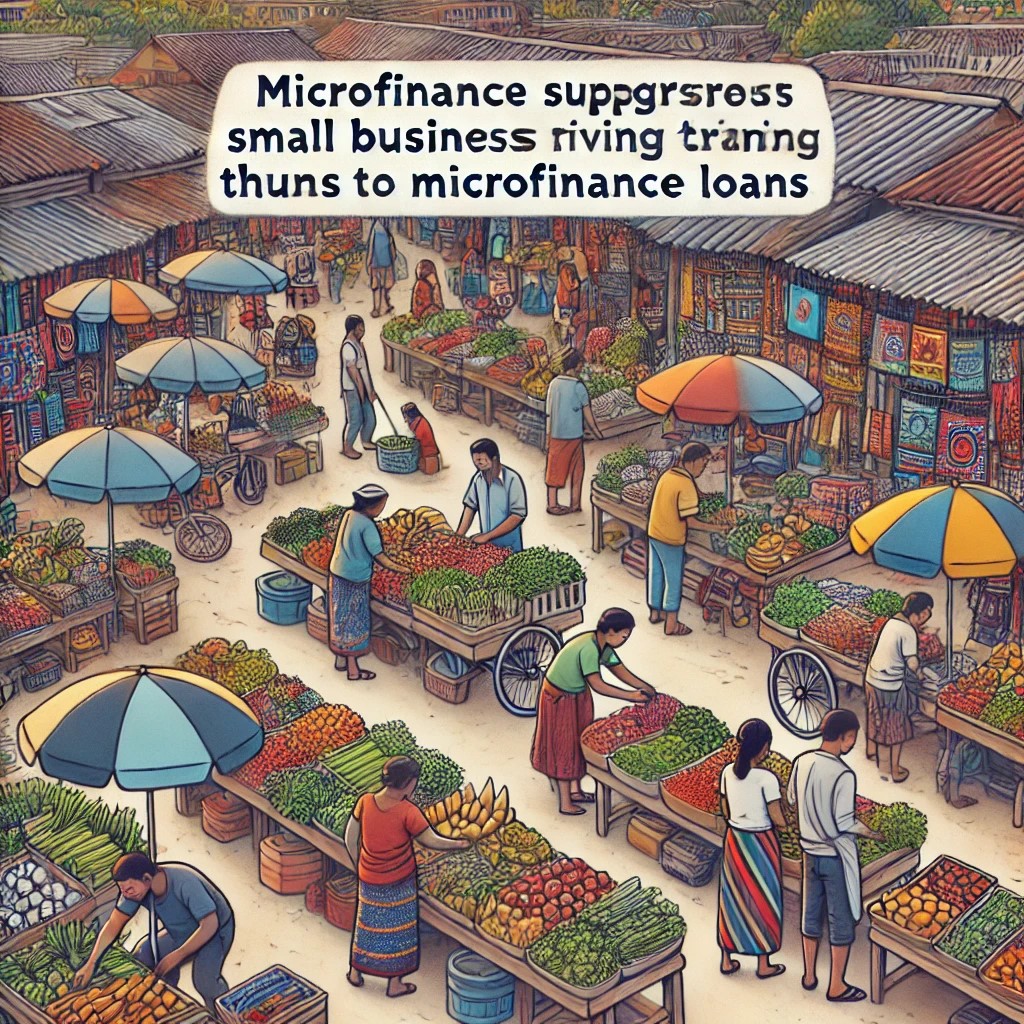Microfinance has emerged as a powerful tool in the fight against poverty in developing countries. By providing financial services to the underserved and those typically excluded from traditional banking systems, microfinance institutions (MFIs) help to empower individuals, foster small businesses, and stimulate economic growth. This article explores the current role of microfinance in alleviating poverty, discusses ongoing trends, and anticipates future developments.

Current Role of Microfinance
Microfinance extends beyond mere provision of micro-loans. It encompasses a range of financial services including savings, insurance, and financial education, aimed specifically at low-income individuals. The foundational premise is simple yet profound: provide the poor with access to financial resources and they will have the opportunity to self-sustain through entrepreneurship.
In practice, microfinance has facilitated the creation and expansion of small businesses, often by women and marginalized groups. This empowerment leads not only to improved family incomes but also enhances the overall community welfare. For instance, with micro-loans, a farmer can purchase more seeds and fertilizer, a seamstress can buy more fabric, and a small retailer can stock more goods.

Impact on Women and Local Communities
A significant aspect of microfinance is its impact on women's empowerment. In many developing nations, women are disproportionally affected by poverty. Microfinance institutions specifically target women, as they are more likely to reinvest their earnings in their families and communities. Empirical evidence suggests that women with access to micro-credit are more likely to spend on education and health, contributing to long-term socioeconomic development.
Current Trends in Microfinance
Technology plays a transformative role in scaling the impact of microfinance services. Mobile banking and fintech innovations have made financial services more accessible than ever. In regions where traditional banking infrastructure is sparse, mobile money services allow individuals to manage their finances securely from their phones. This trend not only expands the reach of microfinance but also reduces the cost of delivering financial services, thereby making them more affordable to the poor.
Another trend is the increasing focus on sustainability. Initially, many microfinance institutions struggled with sustainability; however, the integration of financial education programs has improved repayment rates and financial literacy among borrowers. This shift not only supports the sustainability of the MFIs but also ensures that borrowers are less likely to fall into debt traps.

Future Predictions for Microfinance
Looking ahead, the integration of microfinance with other development initiatives, such as health and education programs, is likely to increase. This holistic approach can amplify the impact of microfinance, as it addresses multiple facets of poverty simultaneously.
Conclusion
In conclusion, microfinance remains a vital instrument in the fight against poverty in developing countries. By providing financial access to the underserved, it not only promotes individual entrepreneurship but also has broader societal impacts, particularly in empowering women and local communities. As technology continues to evolve and integrate within the sector, the scope and efficiency of microfinance services are expected to advance, further enhancing its role in economic development and poverty alleviation.




